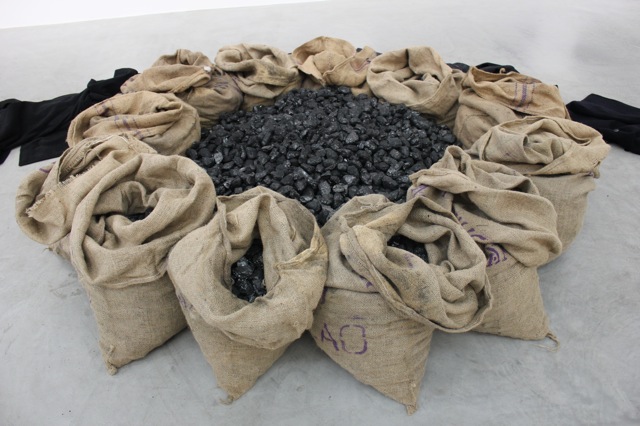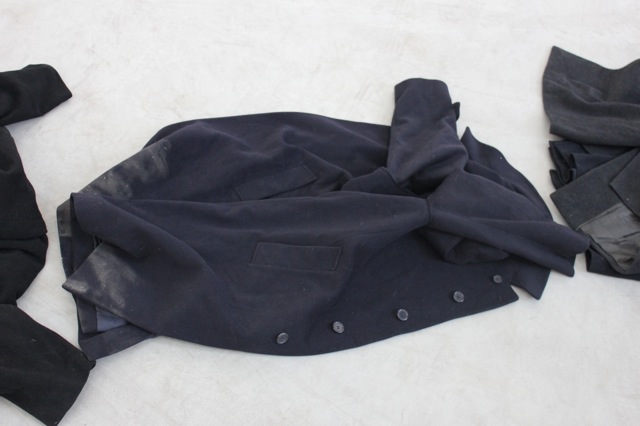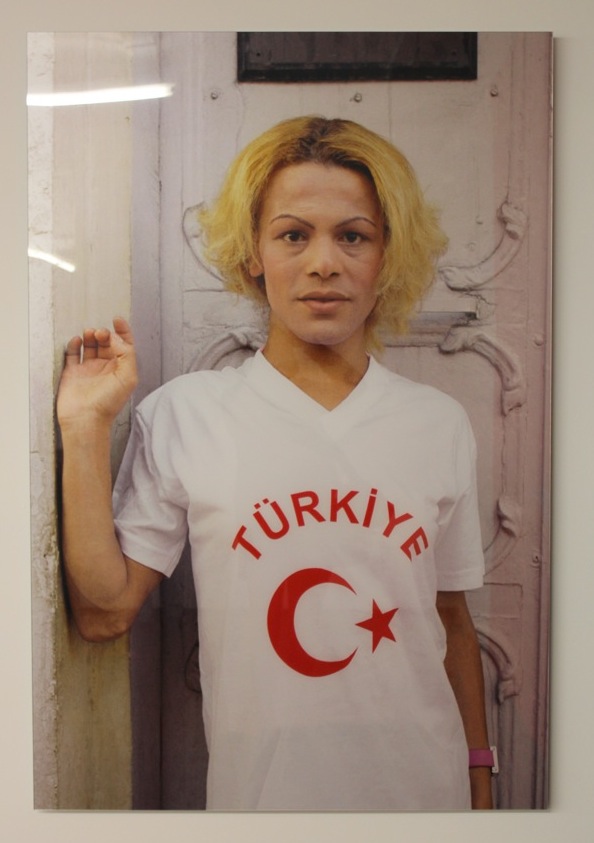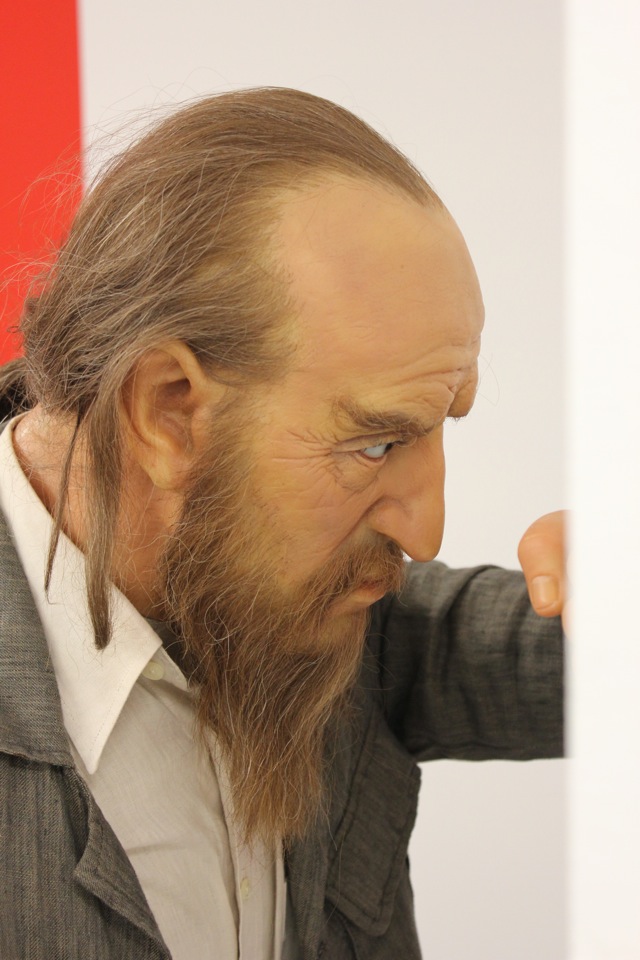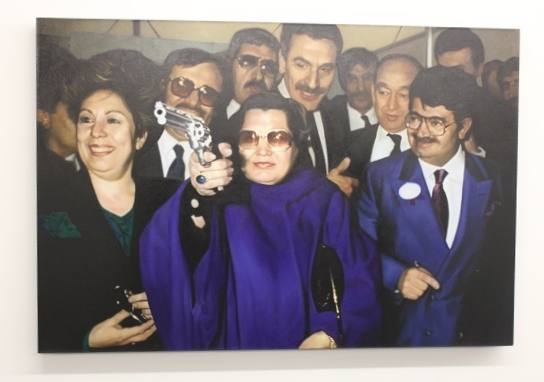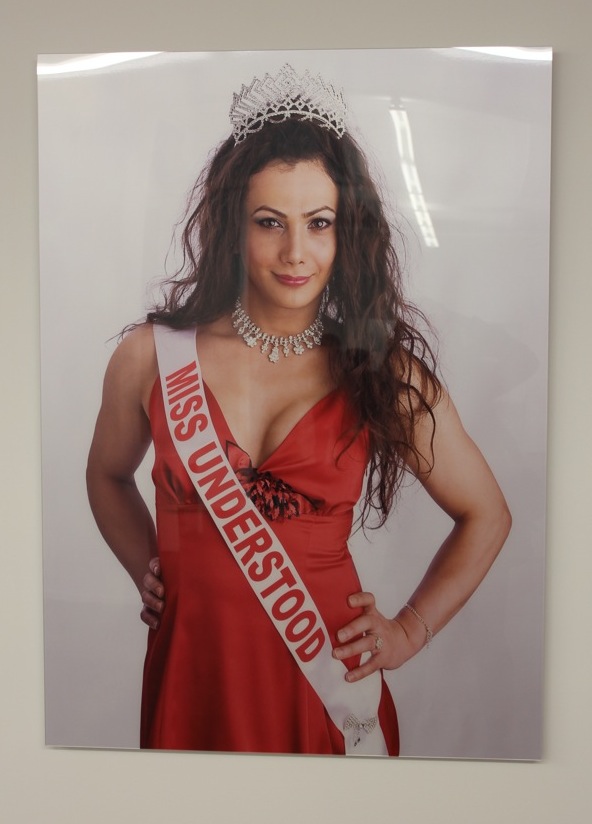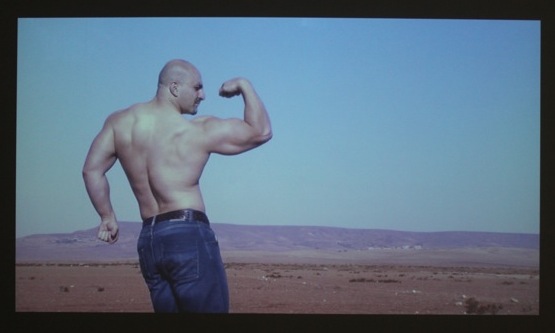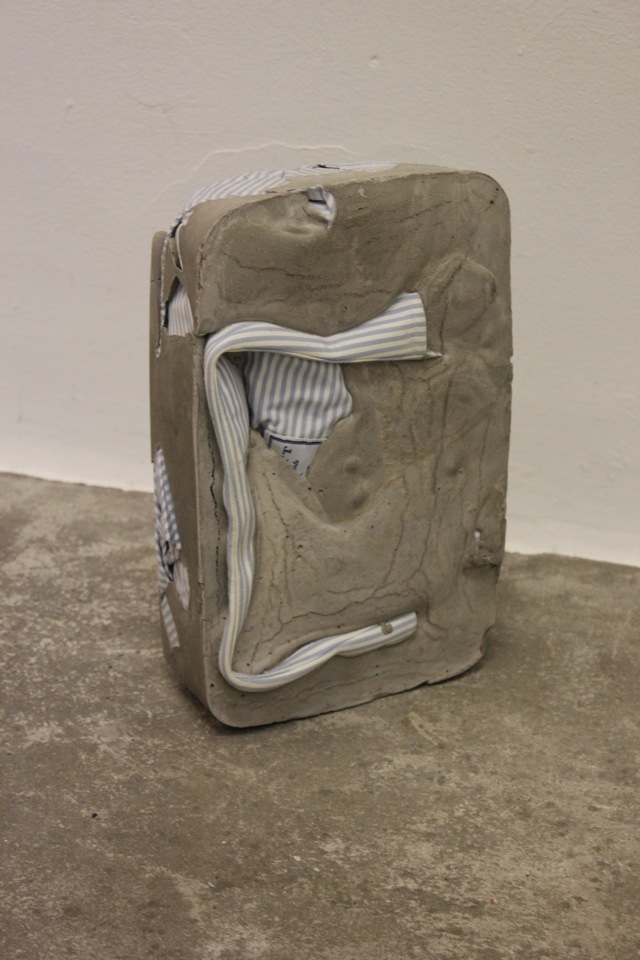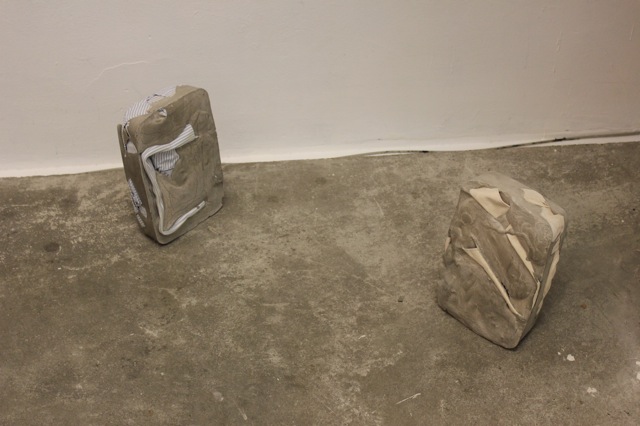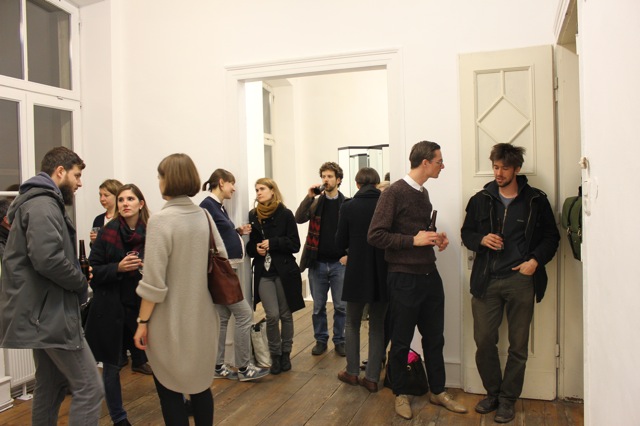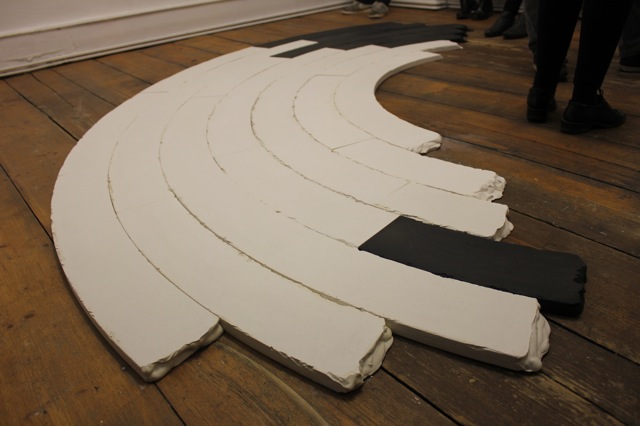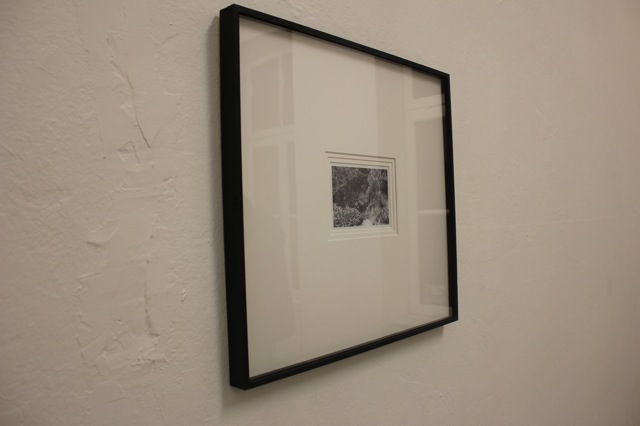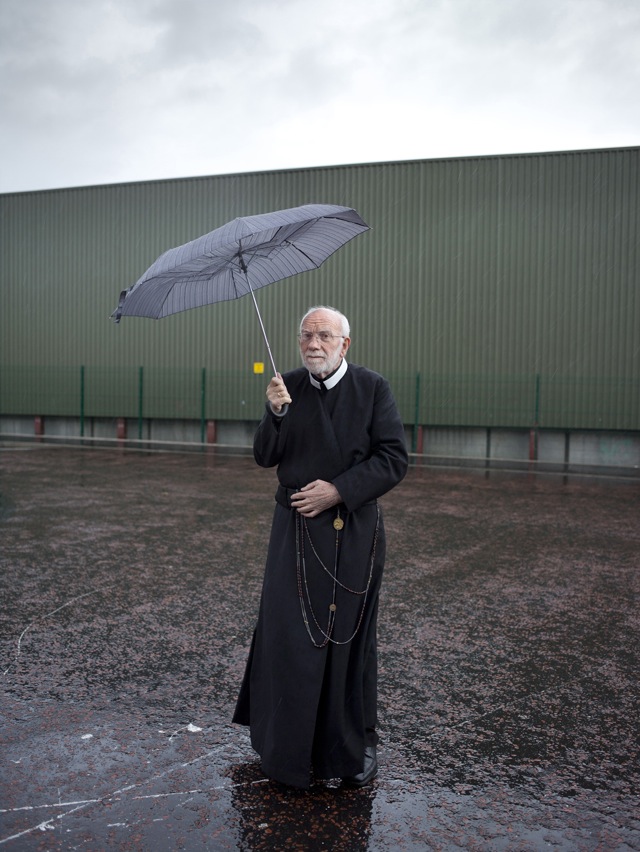
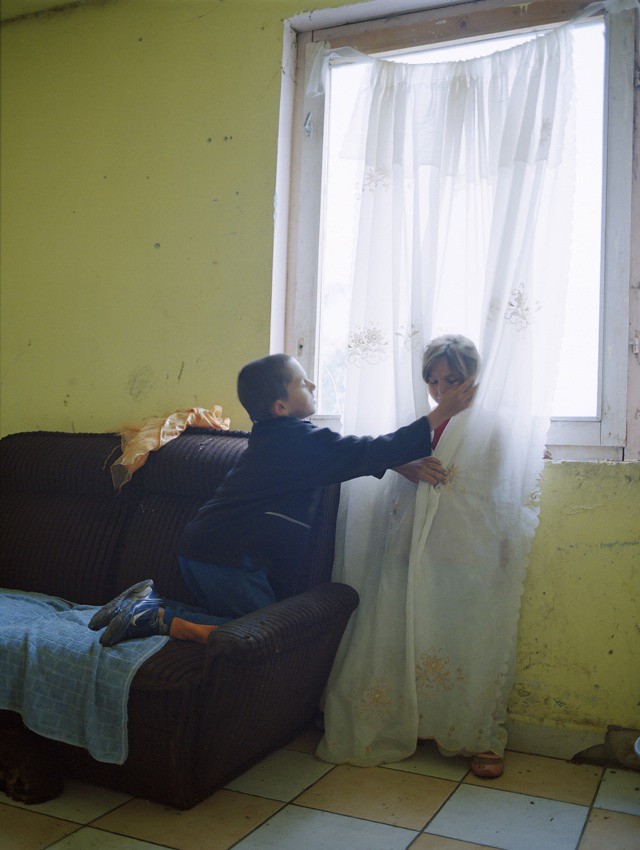
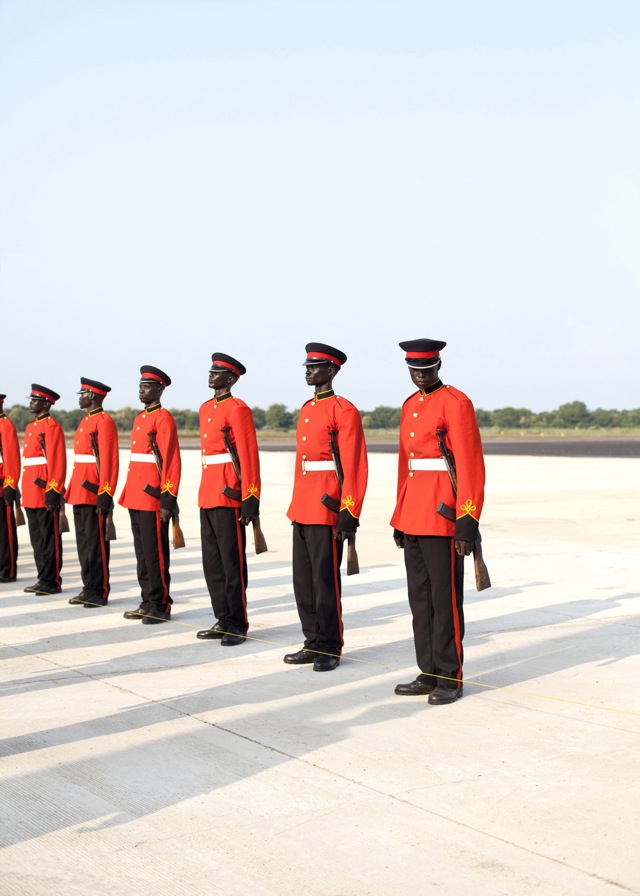

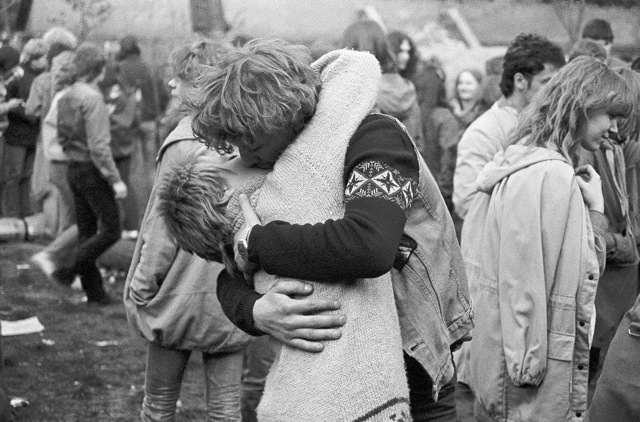
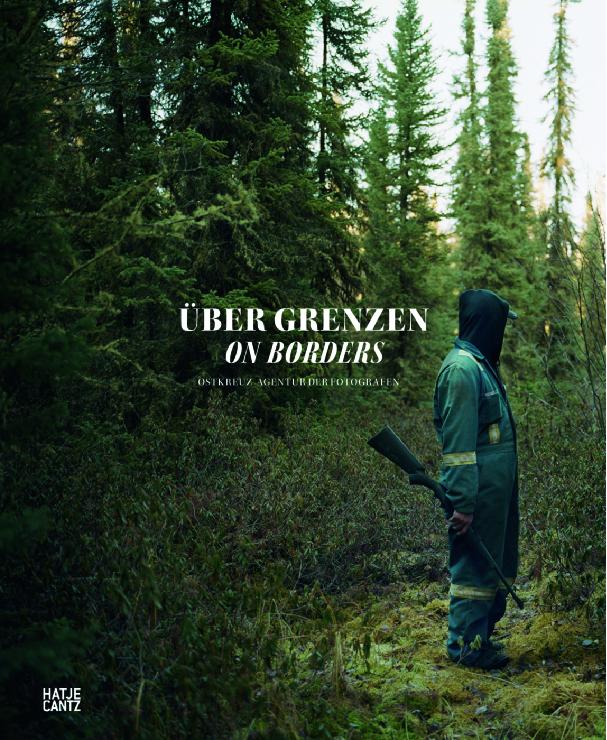
from the top: Anne Schönharting: Gerry Reynolds, katholischer Priester, Bombay Street, West Belfast, 2011 © Anne Schönharting; Annette Hauschild: Alex und Enikó, Gyönyöspata, Ungarn, 2012 © Annette Hauschild; Espen Eichhöfer: Nationalgarde, Südsudan 2012 © Espen Eichhöfer; Heinrich Völkel: UN Pufferzone, Flughafen Lefkosia, Nikosia, Zypern © Heinrich Völkel; Harald Hauswald: Bluesmesse Rummelsburg, DDR © Harald Hauswald; HATJE CANTZ Cover Image by Dawin Meckel: Vern auf Taubenjagd, Kanada 2012 © Dawin Meckel; ALL IMAGES ALSO © OSTKREUZ
"Not even death wants me", the young Palestinian Saleh says, recalling one of his many failed tries to kill himself. Saleh is a hustler, living in the middle of Tel Aviv, Isreal. His life takes place within the walls of an abandoned bus station, where he resides together with other drug-addicted homosexuals, transvestites, Christians, Muslims, Jews. The walls mark a border - not a territorial one, but one that makes the other inhabitants of Tel Aviv feel more comfortable and similarly offers shelter to the outcasts. Tobias Kruse's photographic documentation and Fritz Schaap's accompanying essay on the old "Terminal" in Tel Aviv, is one out of incredible 17 stories, printed in the exhibition catalogue "On Borders".


